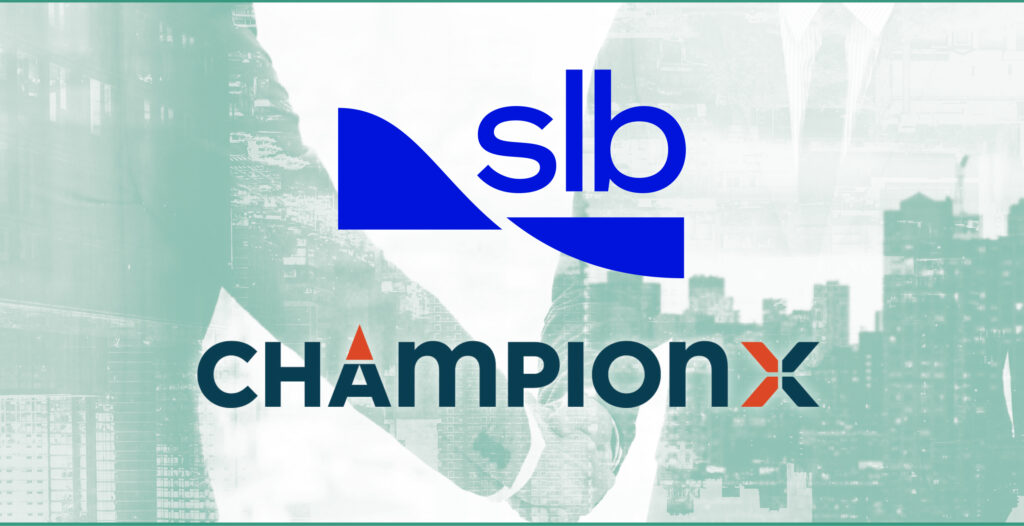
SLB announced an agreement to acquire ChampionX in an all-stock
transaction valued at $7.8 billion on April 2.1 Olivier Le Peuch, SLB’s
CEO, explained the merger’s rationale as follows:2
Our customers are seeking to maximize their assets while improving
efficiency in the production and reservoir recovery phase of their
operations. This presents a significant opportunity for service
providers who can partner with customers throughout the entire
production lifecycle, offering integrated solutions and delivering
differentiated value. The combination of ChampionX’s strong
production-focused leadership throughout North America and
beyond with our own international presence, unmatched technology
portfolio, and history of innovation will drive tremendous value for
our customers and stakeholders. Our core strategy remains centered
on meeting growing energy demand while accelerating decarbonization
and emissions reduction through innovation, scale, and
digitalization in our core oil and gas business. This acquisition will
expand SLB’s presence in the less cyclical and growing production
and recovery space that is closely aligned with our returns-focused,
capital-light strategy.
Becoming part of SLB will give us a much broader portfolio and the
resources and reach to continue to lead the industry in providing
energy to the world in an economically and environmentally sustainable
way. Our companies share a vision for the future of energy that
leverages technology and innovation to solve our customers’ most
complex problems and better serve the communities in which we
operate. For our shareholders, the combination provides compelling
value creation and the opportunity to share in significant upside from
the realization of synergies, including accelerated growth opportunities
given the complementary nature of the respective portfolios.
Executives believe mergers increase shareholder returns and customer
value through multiple avenues: access to new markets, broadened
and diversified business portfolios, new technology, rapid innovation,
expanded scale, increased resources, insulation from industry cyclicality,
and new lines of products and services.
Presumably, pursuing the avenues enables the merged companies
to simultaneously increase customer value and shareholder returns.
However, such dual growth can be difficult—as history and research
show. To ensure success, executives at both firms must consider at least
three critical factors: regulatory issues, M&A value dynamics, and the
best way to implement a strategy focused on customer value.
On July 2, the U.S. Department of Justice issued its second request
for information from SLB, potentially delaying the transaction’s
completion.4 SLB said at the time that it expects to address the requests
and complete its merger with ChampionX in 2025.
Though every M&A transaction is unique, the intended Halliburton–
Baker Hughes merger provides a cautionary tale. In 2016, the companies
abandoned a proposed $34 billion deal after DOJ sued to block
the transaction.5
In its response to the companies’ decision to vacate the deal, the justice
department offered a rationale at complete variance with the assessment
of the Halliburton and Baker Hughes CEOs. Attorney General
Loretta Lynch stated:
The companies’ decision to abandon this transaction—which would
have left many oilfield service markets in the hands of a duopoly—is
a victory for the U.S. economy and for all Americans. This case serves
as a stark reminder that no merger is too big or too complex to be
challenged…when companies propose deals that would enhance
shareholder value at the expense of consumer interests.6
Deputy Assistant Attorney General David Gelfand of the DOJ Antitrust
Division issued another statement:
Very few things are as
important to our economy
as oil and gas. But the
merger of Halliburton and
Baker Hughes would have
raised prices, decreased
output, and lessened
innovation in at least 23
oilfield products and
services critical to the
nation’s energy supply.
We achieved the only
result that could adequately
protect American
consumers—an
abandonment of this
unlawful merger.7

Companies base almost every M&A transaction on the premise that it
will increase shareholder value and customer value. Company leaders
invariably commit to wresting efficiencies and synergies to enhance
shareholder value. But what is the reality of M&As like the deal between
SLB and ChampionX?
A 2022 landmark study published in the prestigious Journal of Marketing
examined M&A’s effect on customer and shareholder value and its
underlying mechanism.8 The authors gathered data from 141 firms from
1995 to 2017, yielding 1,395 data points.
The study compared firms undergoing an M&A (M&A-firms) to themselves
before and after the transaction, as well as to a control group of
companies undergoing no such change (non-M&A firms). The study’s
sample and econometric methodology enable unambiguous and statistically
valid conclusions.9 Its main results are shown in Figure 1.
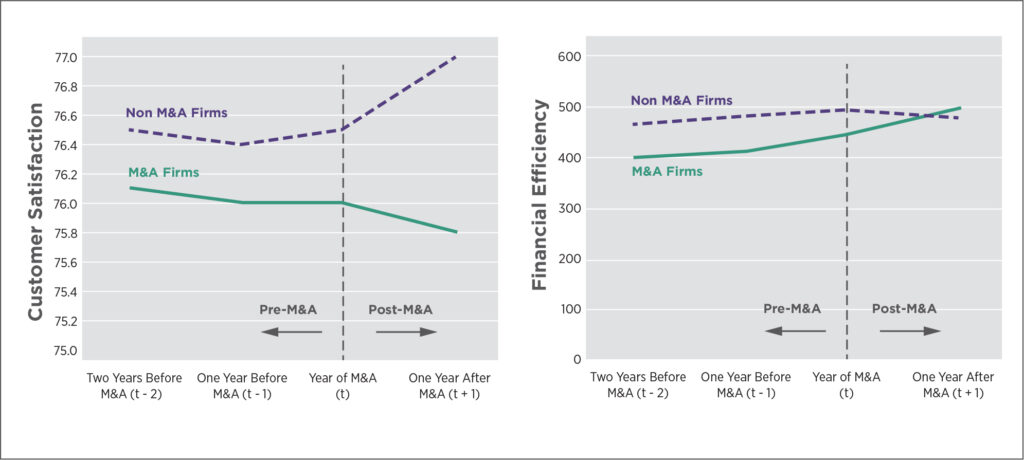
The most important takeaways from the results are as follows.
• After an M&A, customer satisfaction unambiguously declines among
M&A-firms relative to (1) the pre-M&A period and (2) compared to
non-M&A firms.
• In the post-M&A period, firm efficiency increases among M&A-firms.
• The gains from increased efficiency are outpaced by the losses from
decreased customer satisfaction.
• The net effect on firm value is negative for M&A-firms.
• M&-firms’ market value was $481 million less on average than that of
non-M&A firms one year after the transaction.
• The decline in market value occurs because executives’ attention at
M&A-firms becomes increasingly focused on financial issues at the
expense of customer issues. That is, executives become internally
focused on efficiencies instead of customer focused; this decreases
customer value and sales and leads to a decline in enterprise value.
M&A-firms’ executives become more focused on financial/
efficiency issues, which detracts from customer value. The resulting
decline in customer value lowers M&A firms’ value by an average
of $481 million in the post-transaction period.
Unless M&A-firms’ senior executives are intentional about customer
value, they are unlikely to create shareholder value after the transaction.
Intentionality requires measuring customer value, understanding
the strategic areas driving it, and ensuring that customer value is the
primary driver of the M&A integration process.
To remain focused on customer value, SLB and ChampionX must fully
understand customer value. Doing so requires both firms to have a valid
and reliable measure of customer value, an econometrically reliable
way to link customer value to sales, and a statistically robust way to
quantify the relative lift potential of the different strategic areas driving
customer value.
The 2024 Stratonomics B2B™ study, “Customer Value in the Oilfield
Service Sector,” provides the necessary framework. The study, based on
2,620 respondents who rated different OFS suppliers. It is part of the
larger Stratonomics B2B™ Tracking Study of more than 40,000 customers
of over 6,000 B2B companies. The research represents one of the
largest and most comprehensive studies of customer value among B2B
companies ever conducted.11
The proprietary Stratonomics CVI™ Score provides B2B suppliers a
summary measure of their customers’ judgement of the overall value
they receive. The score can range from 0 to 100, with 100 representing
the highest level of customer value. Companies use CVI™ Score in strategy
planning because it reliably links to customer recommendations
and retention, as well as sales, margins, and stock price.12
Figure 2 shows the relative CVI™ Scores for SLB and ChampionX.
Figure 3 shows the relationship between OFS companies’ CVI™ Score
and sales.
When two companies merge, the larger of the two frequently integrates
the smaller into its tactics, processes, operations, and strategy. Instead,
merging firms should consider customer satisfaction when making
integration decisions.
When commercial airlines United and Continental merged in 2010,
United’s customer satisfaction score was 56, while Continental’s was
68. Observers hoped the newly-merged company’s satisfaction rating
would veer toward the higher score via Continental’s best practices,
rather than gravitating toward the larger firm’s lower score.13 Today,
United scores 77 on customer satisfaction, 1 point behind Southwest
and American and 1 point above the sector average.14
ChampionX has a higher CVI™ Score than SLB, at 86 to 80, though both
score above the sector average of 78.
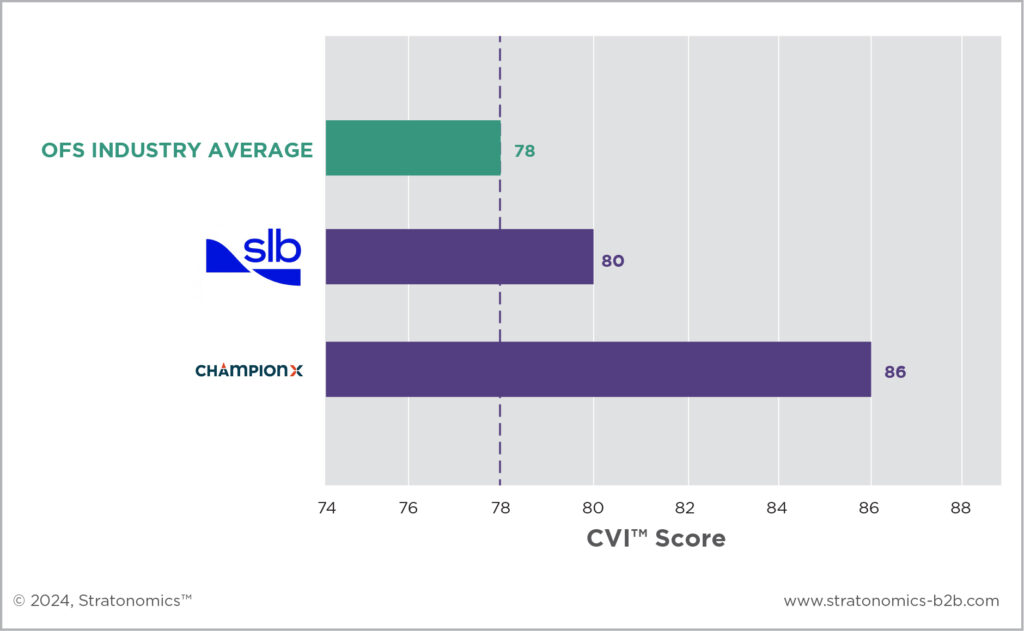
Executives at the merged company must work to make SLB more like
ChampionX and increase the new entity’s CVI™ Score. Allowing the new
firm to gravitate toward SLB’s lower CVI™ Score would erode customer
value, decrease sales, and eventually decrease shareholder value.
As shown in Figure 3, the relationship between an OFS company’s CVI™
Score and sales is non-linear. Having an above average CVI™ Score is
not enough for a firm in the OFS sector to gain sales. Up to a score
of 85, OFS companies’ sales remain flat; sales increase only after their
CVI™ Score exceeds the threshold. While ChampionX is in the sales
upliftment zone, SLB is not. If the merged entity’s CVI™ Score were
pulled down toward SLB’s score, the new firm’s sales would stagnate
or decline.
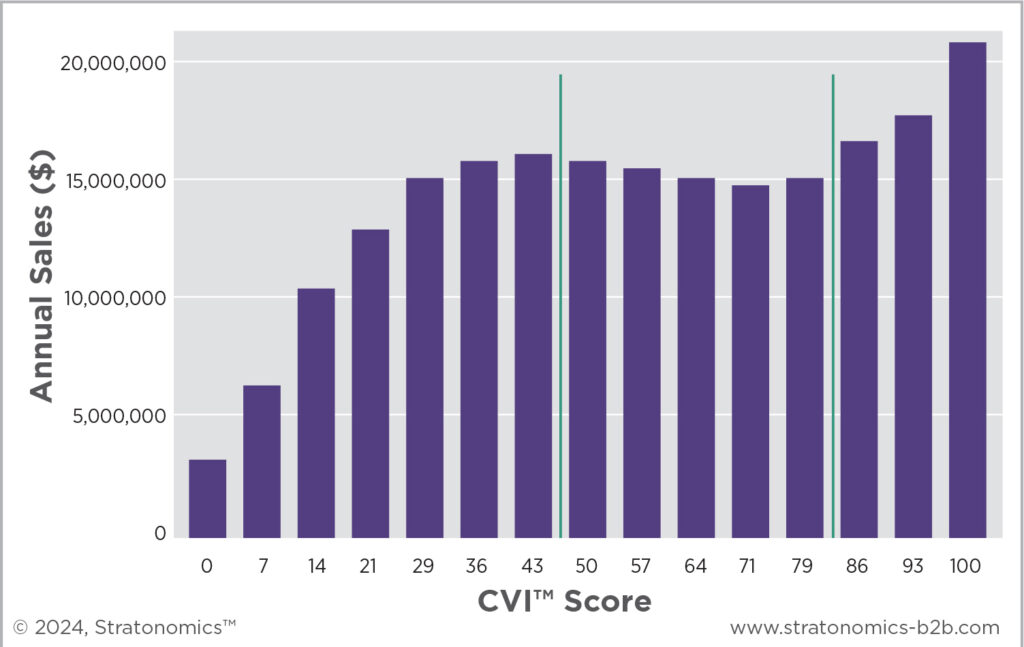
Figure 4 shows the eight strategic areas driving CVI™ Score in the OFS
sector. The eight strategic areas offer varied CVI™ Score lift potential.
The lift potential of a strategic area is a measure of the improvement in
CVI™ Score that results from improvements the area. OFS companies
should prioritize strategic areas with the highest lift potential.
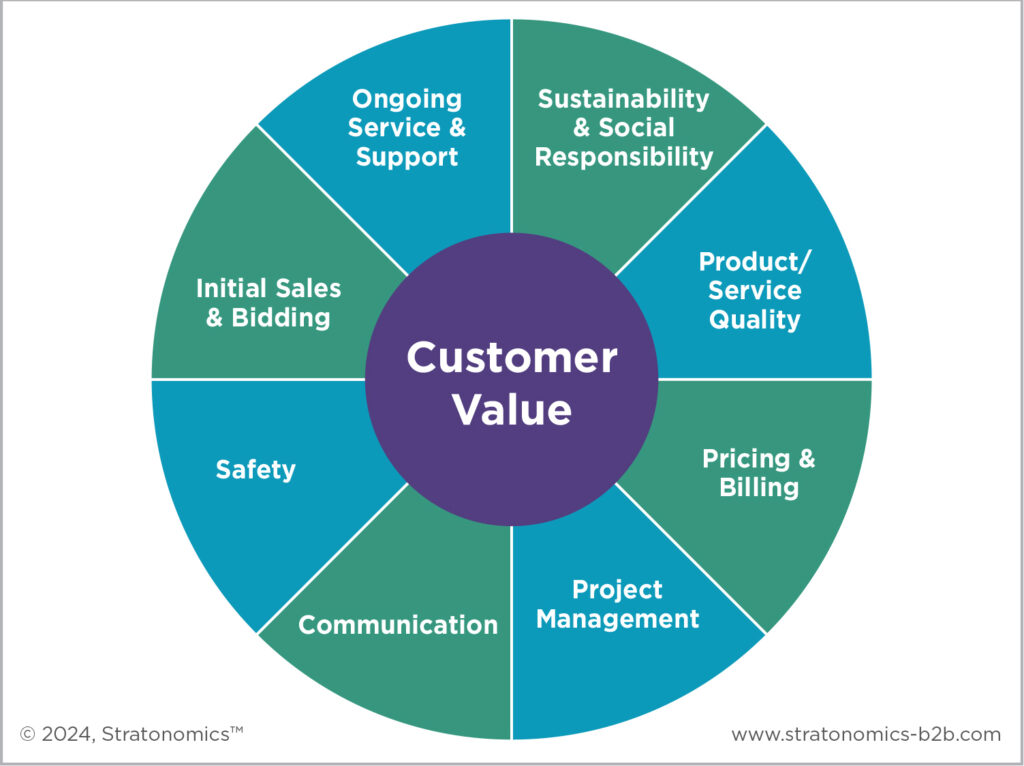
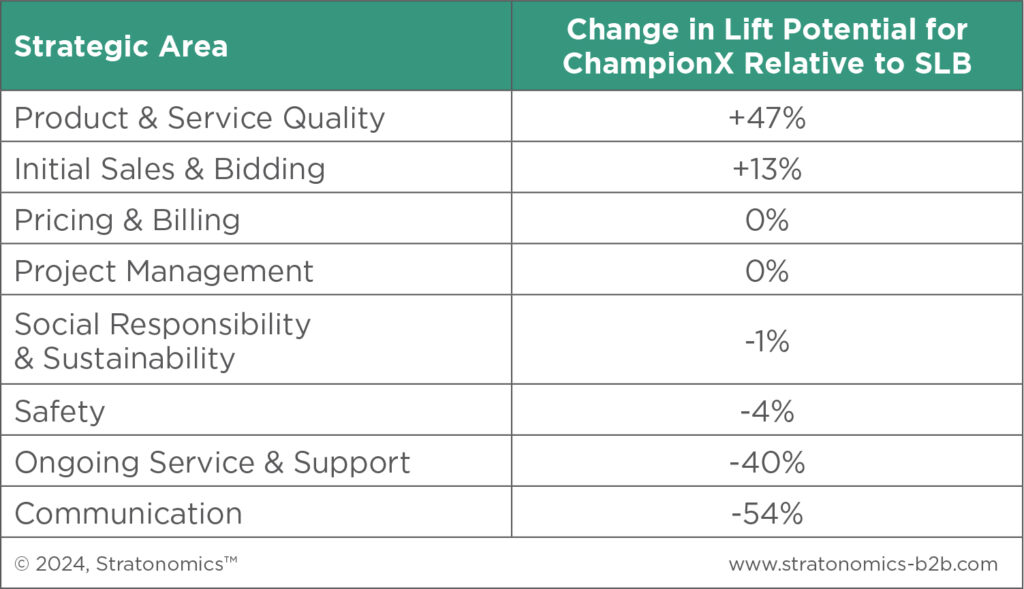
Table 1 compares the lift potential of the eight strategic areas for SLB
and ChampionX. The baseline shown is SLB’s lift potential; the table
shows the relative change in lift potential for ChampionX.
• The lift potential for “Communication” (-54%) and “Ongoing Service
& Support” (-40%) is drastically lower among ChampionX customers
than it is for SLB customers. Relative to SLB, ChampionX’s CVI™ Score
is 54% less responsive to “Communication” improvements and 40%
less responsive to “Ongoing Service and Support” improvements.
• ChampionX’s customers value “Product & Service Quality” 47% more
than SLB’s customers.
• The lift potential is identical or similar for both companies among four
strategic areas—“Safety” (-4%), “Social Responsibility & Sustainability”
(-4%), “Pricing & Billing” (0%), and “Project Management” (0%).
The merging companies should not use a one-size-fits-all approach to
managing customer value after the merger. More specifically:
• ChampionX should intensify its emphasis on “Product & Service
Quality.” An additional analysis shows that ChampionX’s performance
score on this strategic area is 8% higher than that of SLB, despite its
lift potential being 47% higher.
• SLB should intensify its focus on “Communication” and “Ongoing
Service & Support.” Despite the strategic areas’ high lift potential,
SLB’s performance score in them is 4% and 8% lower than that of
ChampionX.
Research shows that, despite their best intentions, merging companies’
leaders often become obsessively focused on financial efficiency while
ignoring customer value. The misplaced focus saps shareholder returns.
The SLB–ChampionX merger is a monumental opportunity for both
companies. Executives can simultaneously increase customer value and
shareholder returns by implementing a research-based framework that
is mindful of the following:
• Although executives at most merging companies focus on wresting
efficiencies, the most effective M&As focus on increasing customer
value, the most reliable way to improve sales, margins, EBITDA, and
stock price. SLB and ChampionX should make an intentional effort to
focus on customer value to drive the merger’s success.
• SLB should not try to integrate ChampionX into its existing customer
strategy. Research shows that SLB customers are driven by different
considerations than are ChampionX customers. Specifically:
° ChampionX should improve it’s already high CVI™ Score by focusing
on excellence on “Product & Service Quality” execution levers.
° SLB should focus on driving its CVI™ Score into the sales upliftment
zone (i.e., a score above 85) through excellence on execution levers
driving “Communication” and “Ongoing Service & Support.”
By understanding the unique and common strategic areas important
to their customers, both companies can maximize their CVI™ Score and
sales, thereby growing shareholder returns.